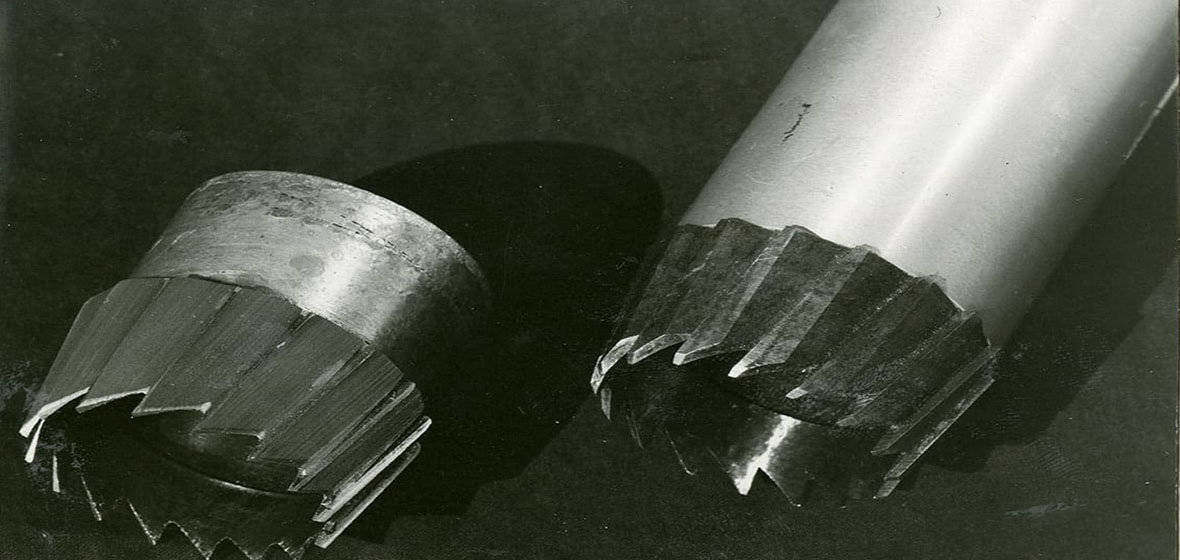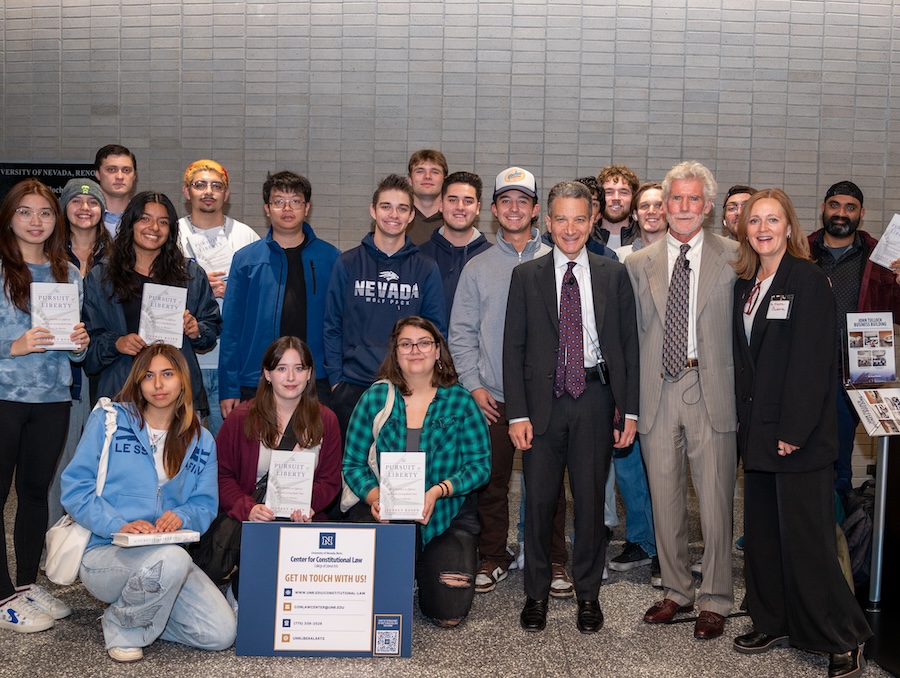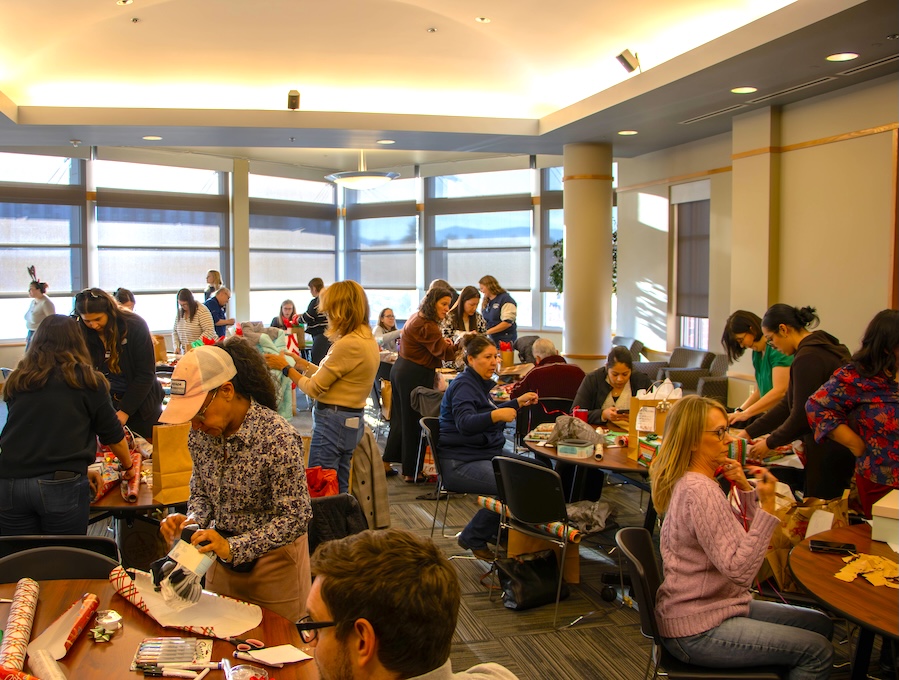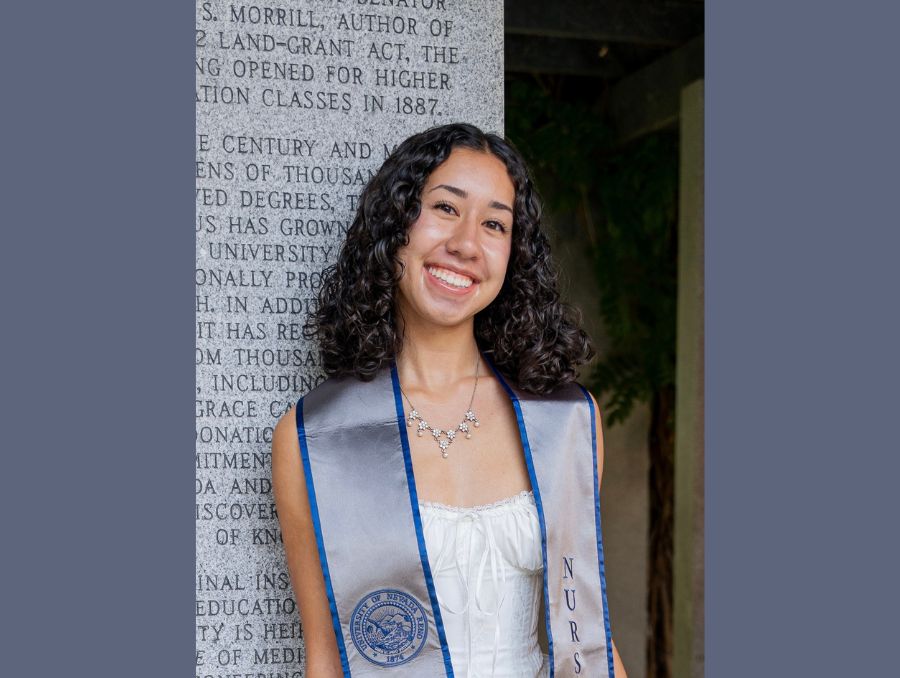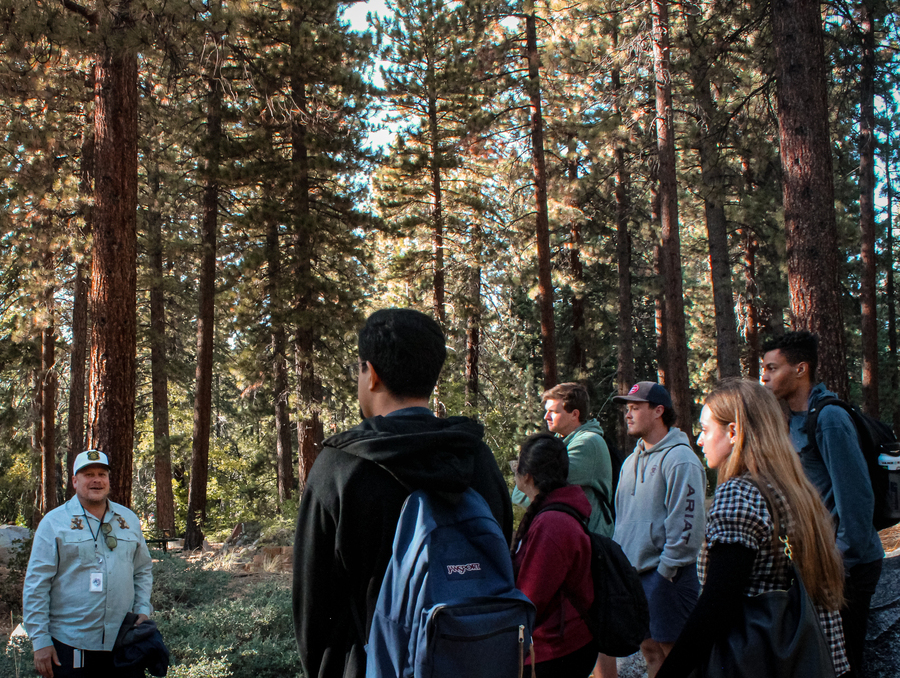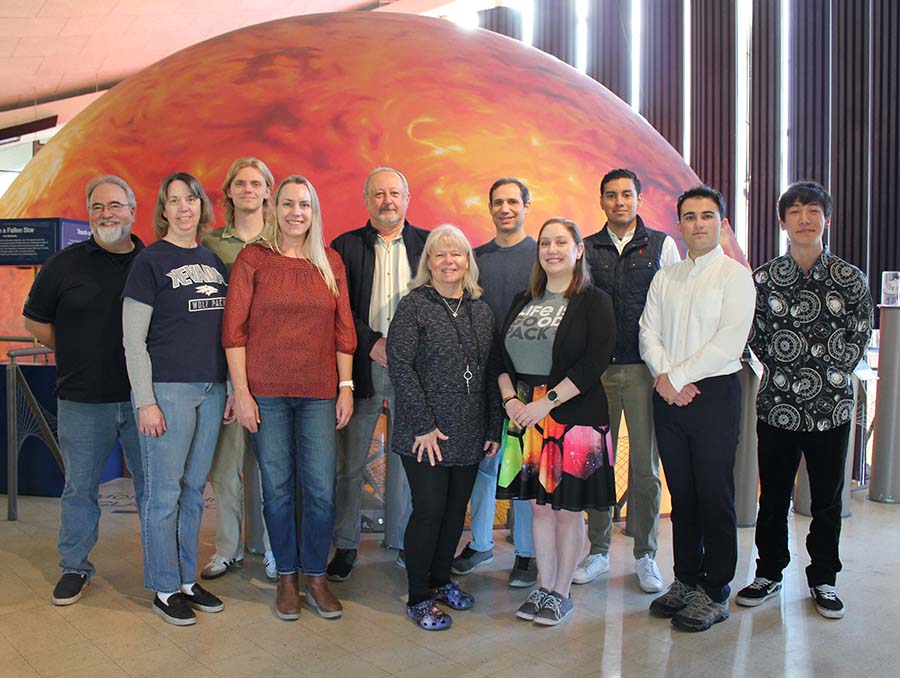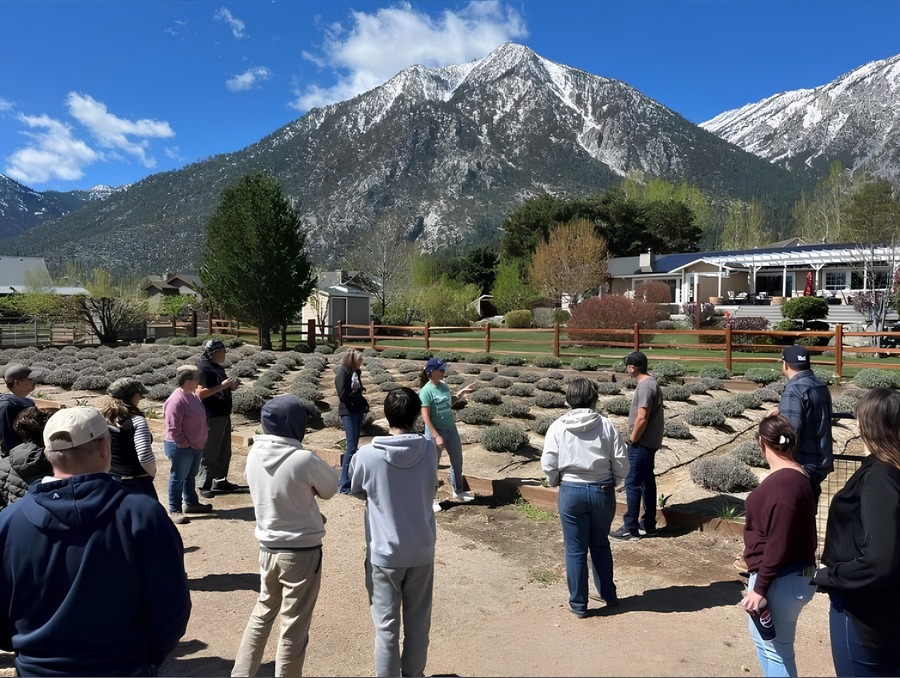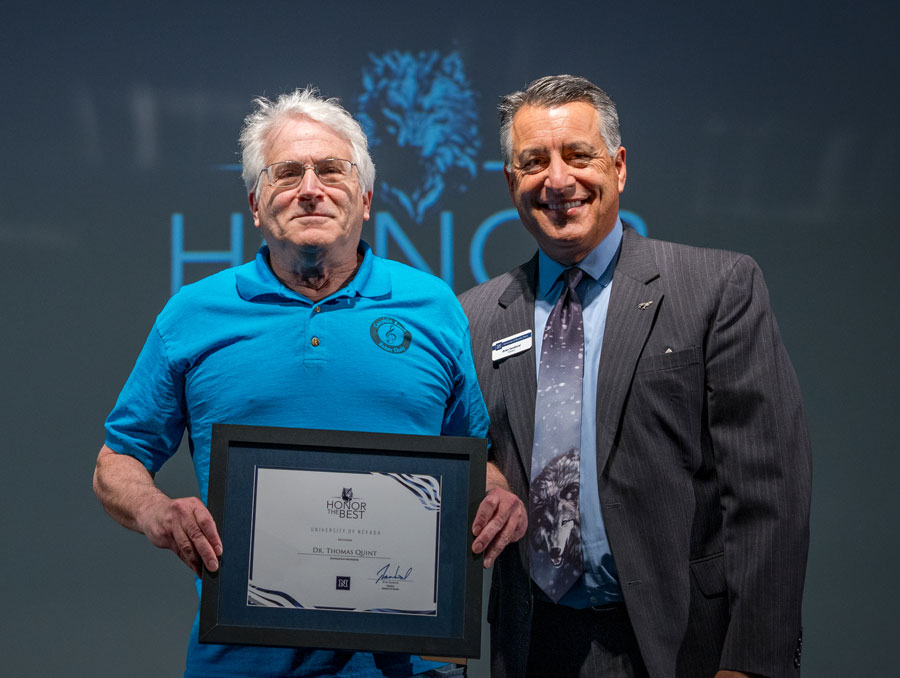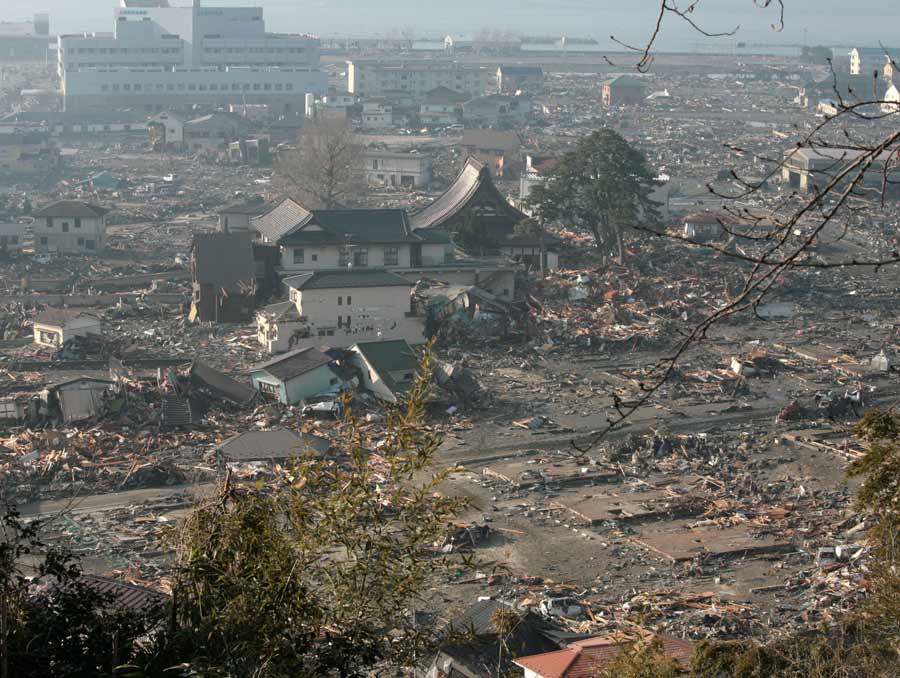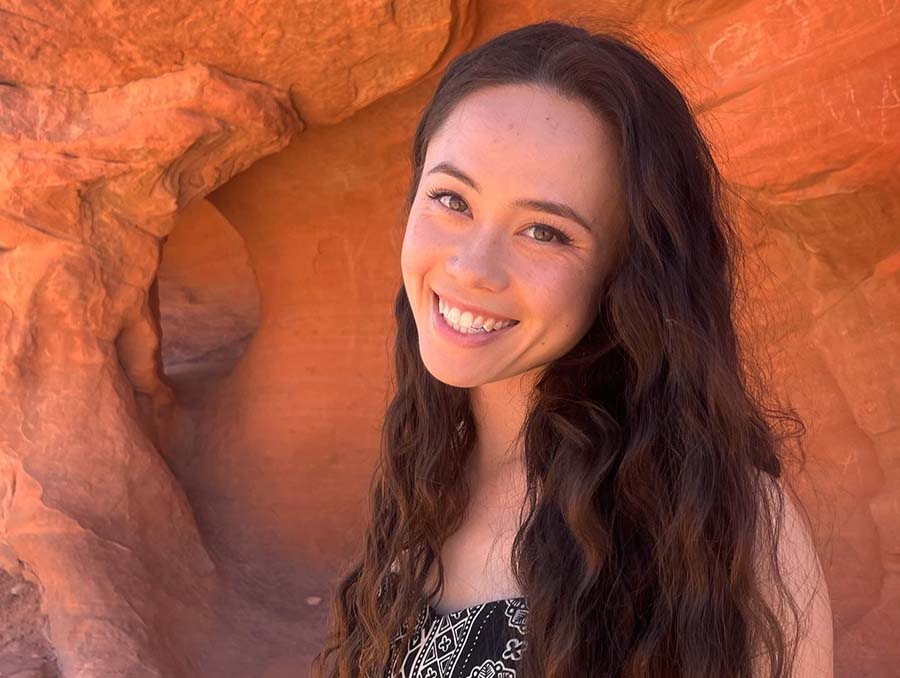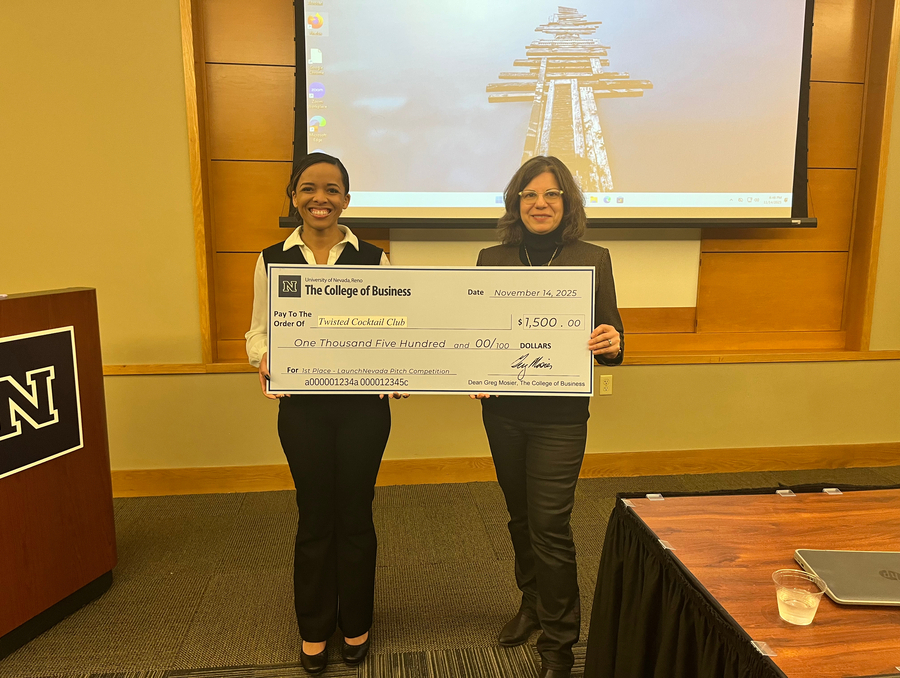Special Collections of the University Libraries will be putting up a special pop-up exhibit about Dr. Church on April 18th. This pop-up exhibit will include artifacts and documents from the James Edward Church, Jr. manuscript collection. The “Inventing the Snow Survey: A Pop-up Exhibit” was developed for the 87th Western Snow Conference meeting that is taking place in Reno April 15-18. After the Conference meeting ends, the exhibit will be open to University students, faculty, and the public from 10 a.m. to 12 p.m. on the 4th floor of the Mathewson-IGT Knowledge Center in the Leonard Room. (MIKC 422)
The Special Collections and University Archives Department at University Libraries along with State Water Supply Specialist Jeff Anderson collaborated on the idea of creating a special exhibit from Church’s vast manuscript collection for the snow scientists attending this year’s Western Snow Conference.
About Dr. James E. Church
Classics professor Dr. James E. Church was a Renaissance man. Not only was he a professor at the University of Nevada, Reno from 1901 until his retirement in 1939, he also helped establish the Nevada Museum of Art as well as pioneered the science of measuring snow for moisture content that is still used today.
Dr. Church’s intellectual fascination with the mountains and the snow which provides water supplies for the Truckee Meadows lead him to explore the relation between snow and its water content. Church and his associates established a weather observatory in 1906 on the summit of Mt. Rose to record data on snow deposits, wind velocities, and runoff. It was built by hand, carrying all materials to the summit either by horseback or in backpacks.
Dr. Church developed the Mt. Rose snow sampler to accurately measure the water content of snow. The sampler consisted of a long hollow metal tube fitted with a serrated collar which removed a core of the snow pack. The core and tube then could be weighted to calculate the water content.
It is important to know how much water is in the snow because that can forecast whether or not there will be a flood that year. If it is known beforehand, better precautions can be made such as diverting the water to other holding places and sending out flood warnings.
It is also important for people growing crops or raising livestock to know whether or not there is the possibility of there being a drought that year so they can adequately prepare.
Only a small sample of the collection on Dr. Church will be displayed on April 18th due to limited space. To learn more about Dr. Church, visit Special Collections and University Archives located on the third floor of the Mathewson-IGT Knowledge Center on the University of Nevada, Reno campus. Hours of operation are 9:30 a.m. to 4:30 p.m. Monday through Friday.
About Special Collections and University Achives
The Special Collections and University Archives Department is part of University Libraries at the University of Nevada, Reno. It provides access to unique, specialized and historically significant resources in a variety of formats to support research, teaching and learning at the University. Other researchers and members of the public are welcome and encouraged to use the collections and services in the reading room and online. Materials available on Nevada’s history and culture include, but are not limited to: manuscripts, photos, architectural drawings, book arts, rare books, political papers, mining materials, materials on the Great Basin Indians, and on the history of the University of Nevada, Reno.
About University Libraries
University Libraries embrace intellectual inquiry and innovation, nurture the production of new knowledge, and foster excellence in learning, teaching and research through scholarly resources, creative learning spaces, cutting-edge technology, and world-class service.
